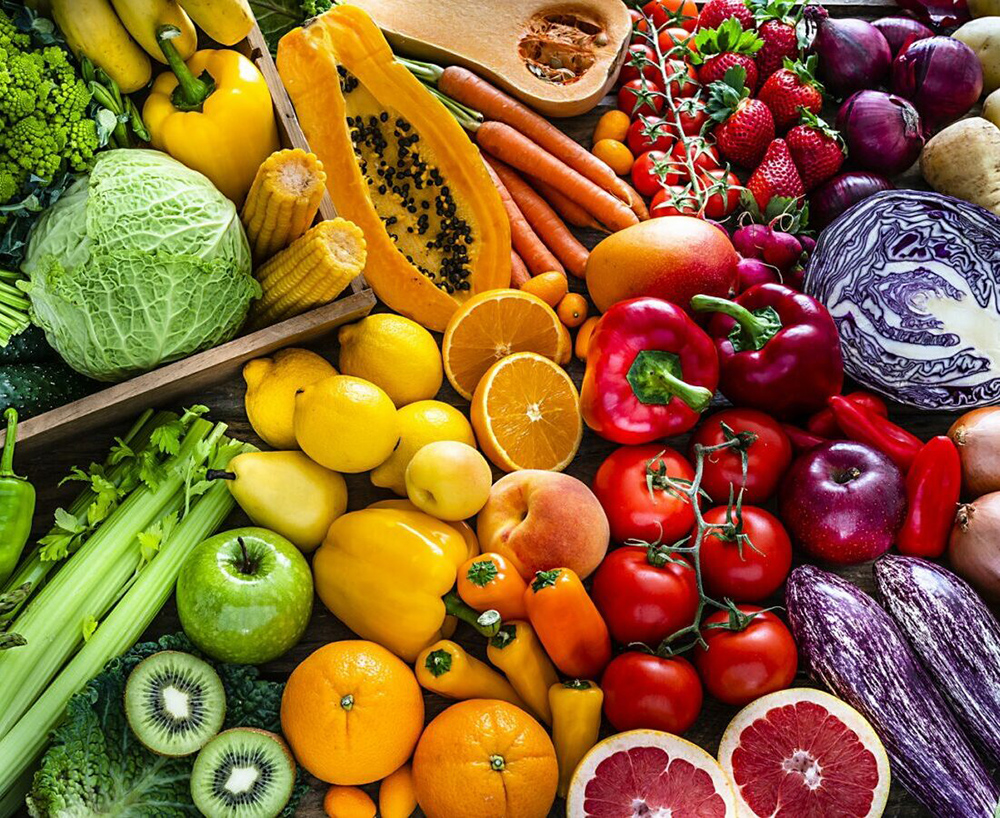By Lela McAferty
Often, I am asked this question: what should I be eating? In my experience, it can be somewhat of a loaded question! Food is a feature of so many facets of our lives. Food is cultural and social. It involves all of our senses and reacts with our hormones. Ultimately, how we view food may play a major role in how we feel about ourselves. We eat out and order in. We eat with our families, by ourselves, and with our friends. We even eat in the dark at the movies!
So, really, what should we be eating? When thinking about food intake, like most other areas of our lives, we must have balance. A healthy human body is made to love a variety of macronutrients: protein, carbohydrates, and fats. Every food in the whole world falls into one of these categories, or some foods may fall into two categories. For example, salmon is protein and fat, containing heart-healthy omega-3 fatty acids. It is well worth your time to prioritize learning what these food categories or macronutrients involve. It is something you can benefit from for your entire lifespan and pass along to friends and family, kids and grandkids. After all, as Garfield says, “We are what we eat.” What we choose to consume plays a direct role in our future health, whether that be tomorrow morning or 20 years from now.
How is food intake balance achieved on one’s plate? Include food groups from each of these macronutrient categories for a balanced meal. An easy way to remember this is to taste the rainbow! My sister has been a children’s educator for many years. One of the greatest things she teaches her kids is to make a rainbow with their food. By varying the colors on your plate, you will vary the nutrient content as well. Plus, it’s fun to make a rainbow! As vegetables grow and ripen, their colors change. Different colored vegetables have different vitamins and minerals within them. An example of this would be the color orange in carrots, mangos and pumpkins. These contain vitamin A, which is vital for improving our immune system function and supporting vision. The color green includes spinach, kale, lettuces and all the leafy greens. These wonderful foods have folate which helps build healthy cells. The color brown includes whole grains and legumes; these contain fiber, which is essential in adding bulk to our waste for a smooth bathroom experience every day.
Back to the question at hand: what should we be eating? For any meal first, think of your three major food groups: protein, carbohydrates and fats. Include them as you are preparing the meal or choosing what goes on your plate. Second, vary your food colors. Shrimp stir-fry would be a great example. White shrimp, red and orange bell peppers, green broccoli, and yellow or purple onion over brown whole wheat rice or quinoa. Hold on, you say, I don’t like bell peppers, broccoli or onions. I would love to remind you that our taste buds change as we grow older, and hopefully our openness to foods grows as well. One polite bite never hurts, right? I hope this article has provided you with a few tips and tricks to add to your health toolbox. At the very least, now you know what is for dinner tonight. Remember to taste the rainbow!
Lela McAferty holds a Master’s degree in Public Health Nutrition. She is a Nutrition and CrossFit coach at CrossFit OTG and owner of Armor Nutrition. She is a Coastie wife and mother of 2. Connect with Lela on Instagram @armornutrition or email lelamcaferty@gmail.com.










